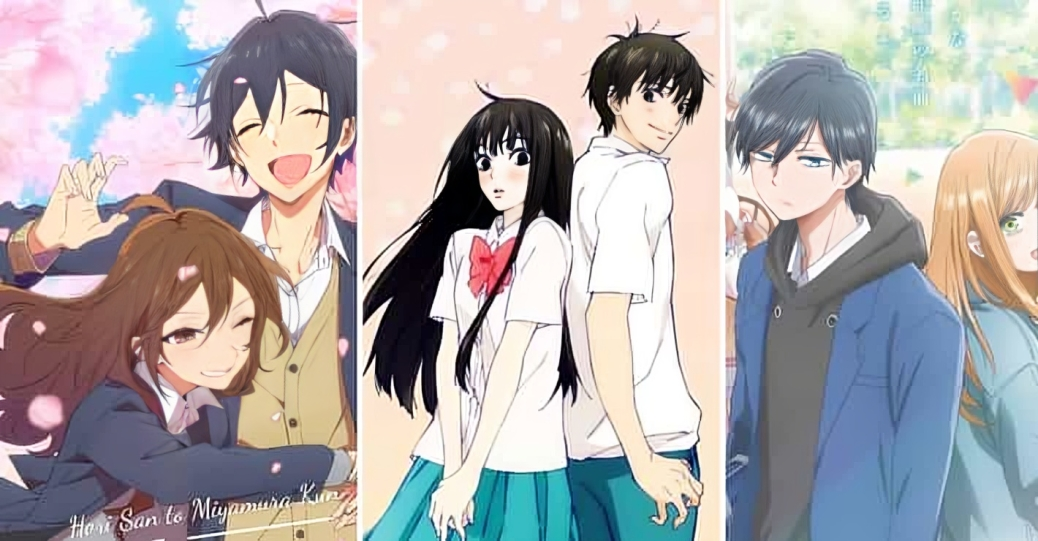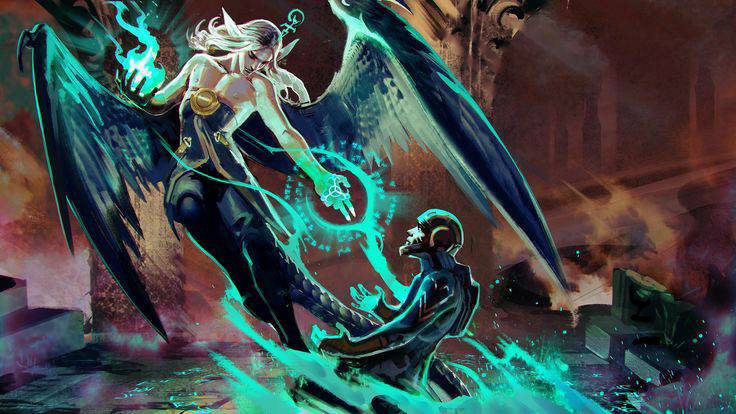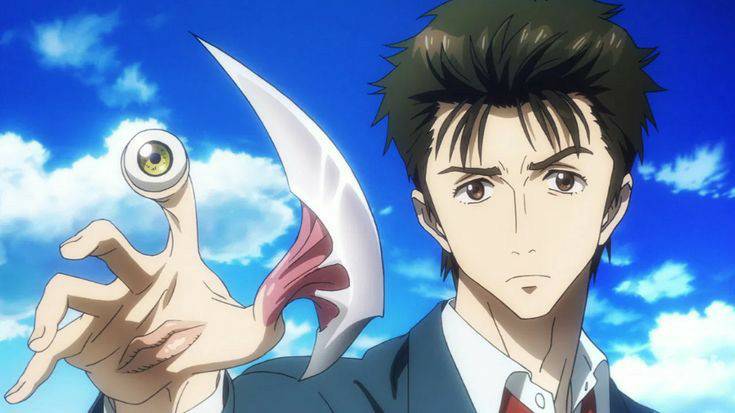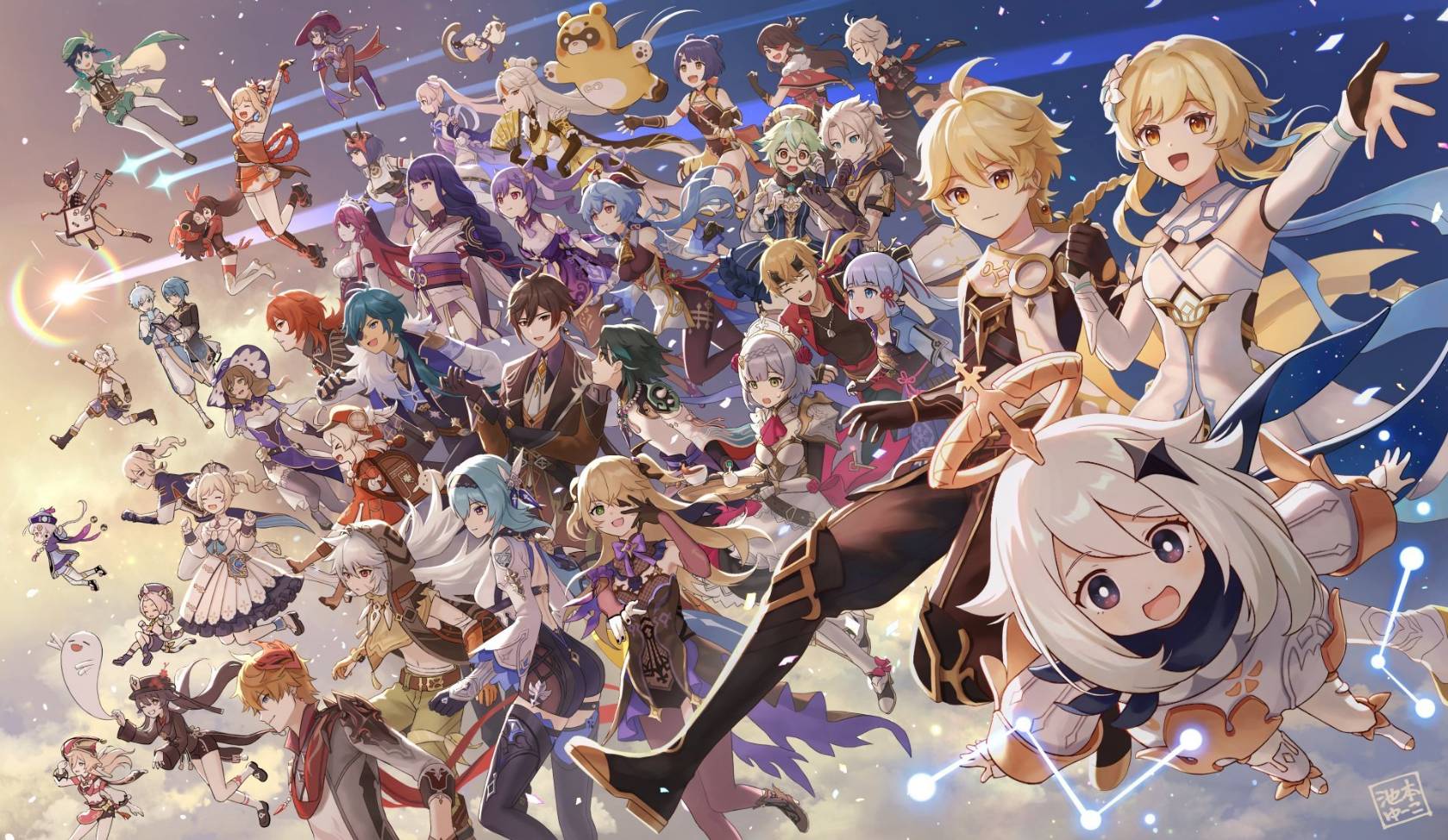Did you know that shoujo manga is one of the most popular genres in the world? Shoujo manga is a genre of Japanese comics and graphic novels primarily targeted at young female readers, typically aged 10 to 18. Known for its focus on romance, emotional depth, and character-driven stories, shoujo manga often explores themes of love, friendship, personal growth, and self-discovery.
The art style is usually soft and expressive, with details on beautiful, detailed illustrations and characters with large, sparkling eyes. It also features other genres like fantasy, slice of life, and many more to offer a wide variety of tastes. The soft, expressive style allows shoujo manga to explore both lighthearted and serious themes, making it versatile to many audiences.
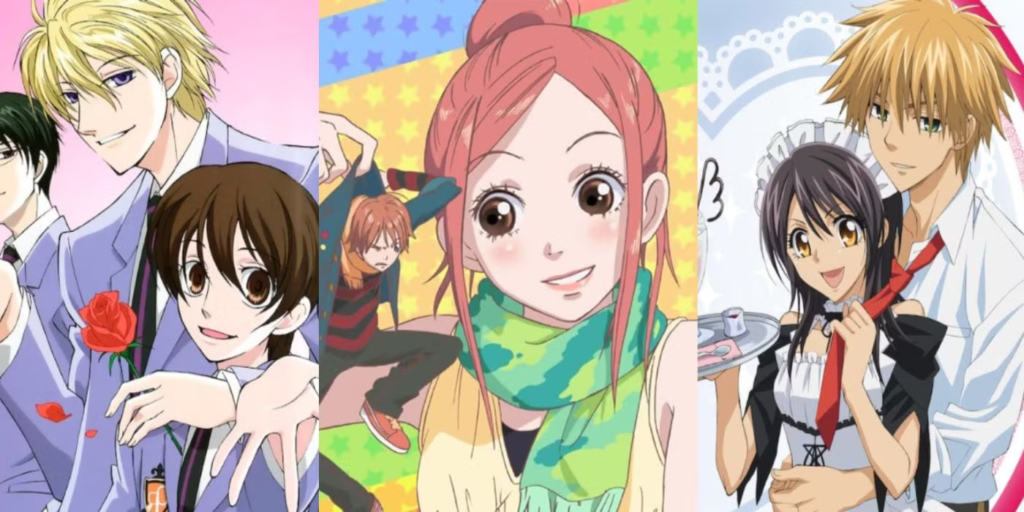
Many of us often think that Shoujo only tells a story of two young characters falling in love together and ending up happily ever after. Due to this kind of particular plot, society begins to underestimate shoujo more especially of their female characters. Zinong Wang (2024) stated that manga readers, especially those who are familiar with the genre also often value these characters for their emotional complexity and development as they deal with love, friendships, and personal struggles.
However, some may criticize shoujo heroines for relying too much on male characters or reflecting conventional gender roles. Yet shoujo manga is more complex than you think because of its emotional feelings that can make us feel relatable towards them daily. These stories allow the heroines to develop their own strength and identity, which can make them more meaningful and inspiring in the story.
Gender equality also plays a significant role in the dynamics between female and male characters. According to Joki Z from Shojo Manga: Girls’ Culture: The Contemporary Gender Issues In Japanese Society, female characters have been portrayed as passive housewives traditionally, often depending on strong male figures. However, the era has changed, showcasing women as independent and empowered individuals fighting for their own identities and rights in today’s society.

At the same time, male characters once celebrated for their traditional masculinity and authority, are increasingly pictured with emotional vulnerability, revealing their struggles and weaknesses. This evolving portrayal not only enriches character development but also reflects a broader mindset of gender equality, highlighting the complexities and growth of both genders.
These are some examples of when shoujo female characters are portrayed as damsels in distress or treated like flowers by other characters:
Honda Tohru from Fruits Basket
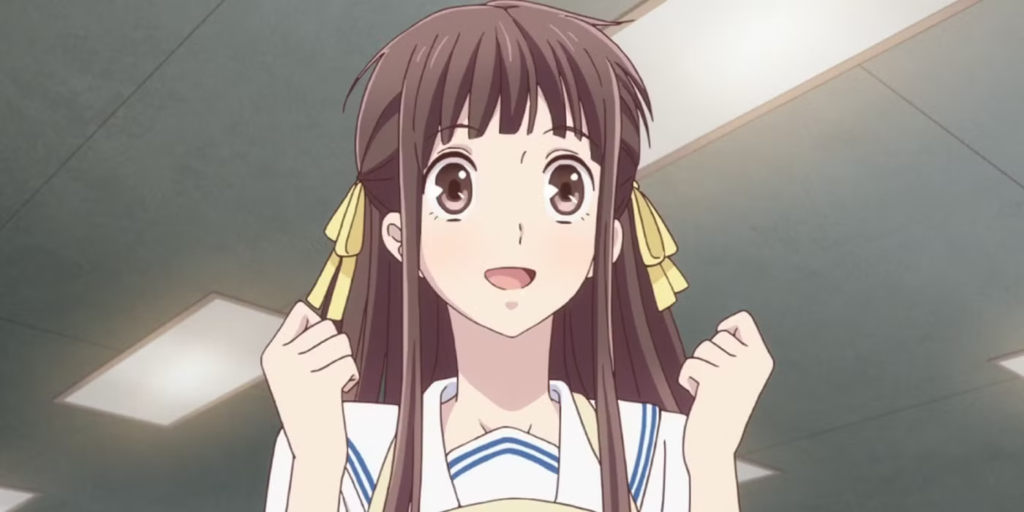
Honda Tohru is a lovely girl who respects everyone she meets and could come off as an angel in this deformed society nowadays. She is pictured as an adorable, polite young girl who constantly cares about the people around her and sometimes encounters problems that need help from around her too. Her selflessness and constant desire to support others sometimes make her appear vulnerable, needing protection from stronger characters. It leads to them protecting her emotionally and physically now and then as well. However, her optimistic and caring nature led the Sohma family to open up to her and form a good relationship.
Yona from Yona of the Dawn
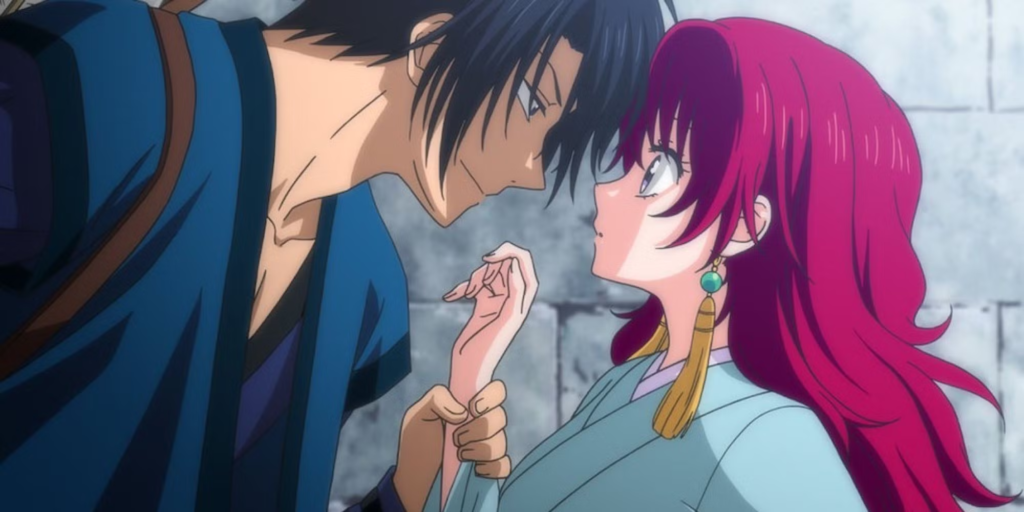
Yona initially embodies the classic “damsel in distress” trope, as she begins her journey sheltered and naive, relying heavily on others for protection. After witnessing her father’s murder and being forced to flee her luxurious life, Yona finds herself vulnerable and in need of assistance. Her dependence on her childhood friend, Hak for safety and support highlights her fragile state, as she struggles with the harsh realities of her world. Furthermore, as the story progresses, Yona transforms from a passive character into a determined and resilient young woman. While she starts as a damsel needing rescue, her growth throughout the series challenges this stereotype, as she gradually learns to fight for herself and her people, reshaping her identity and destiny.
Kagome Higurashi from Inuyasha
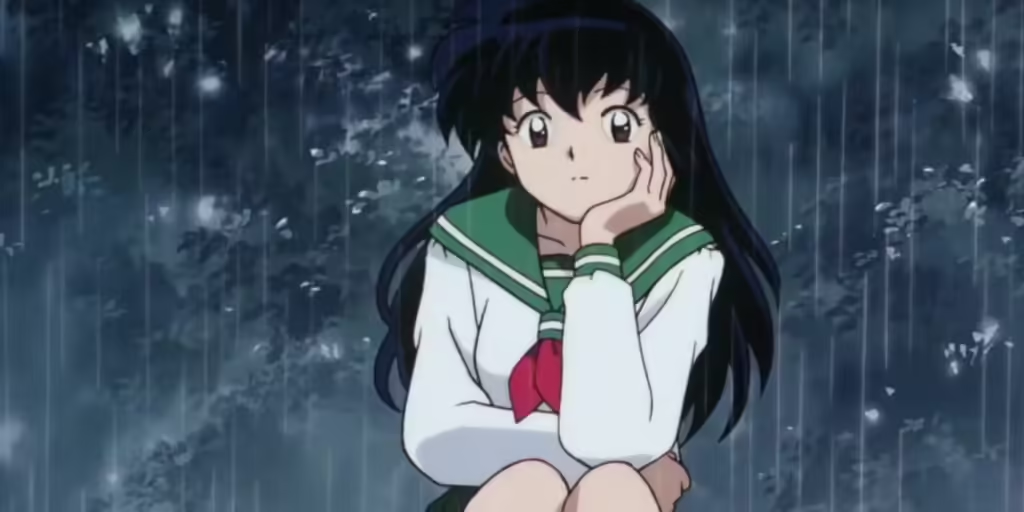
Kagome is also portrayed as a damsel in distress character, as she falls to her house’s well and travels in time she constantly needs Inuyasha’s help from constant danger and problems they deal with on every journey to help the male lead’s goal. Her character initially seems to fit the mold of the passive female who needs saving, which can be seen as a reflection of traditional gender roles. However, while she may have the traits of a damsel, Kagome’s journey also showcases her growth and inner strength, as she gradually learns to defend herself, confront her fears, and take an active role in her destiny like Yona herself.
Nana Komatsu from NANA
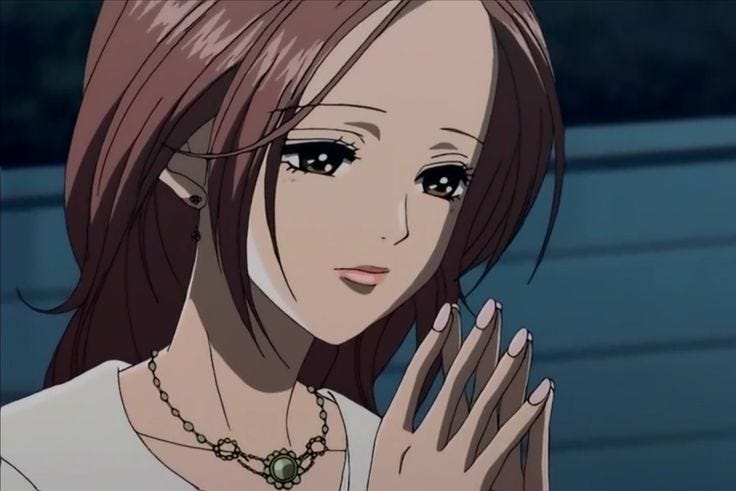
Nana Komatsu “Hachi” is often seen as a “damsel in distress” because she frequently relies on others, especially the people around her. She tends to bother people around her to rescue her from the emotional and practical difficulties that she encountered in her journey. While she stated that she wanted to become an independent woman, she often looked for support and direction from the stronger characters, especially her boyfriend and friends. This makes her appear as someone who needs rescuing rather than someone who takes charge of her destiny. For example, by arriving in Tokyo with no place to stay and no job, she depends on her boyfriend’s apartment and eventually gets overwhelmed when misunderstanding comes up more and more between them.
Tamaki Kotatsu from Fire Force

Although Tamaki Kotatsu is a skilled firefighter with strong abilities, she frequently ends up in situations where she is outmatched or in danger, needing others—typically male characters—to come to her rescue. This causes her to be seen as a weak character constantly in need of assistance, and her lewd syndrome only worsens her situation. Additionally, she often requires others to save or protect her in battles, which further diminishes her role as an independent character. Her embarrassing moments also decrease the power in her fights which potentially may put her in danger.
The Endearing Charm of Shoujo Manga in Modern Era
In conclusion, shoujo manga has become a beloved genre worldwide due to its heartfelt storytelling, emotional depth, and diverse themes that match with young readers. It offers a mix of romance, friendship, and self-discovery, while also including a variety of other genres to appeal to different tastes. As society continues to evolve, with women gaining more independence and recognition in the 21st century, shoujo manga serves as a reflection of these changes, celebrating female empowerment and growth through its relatable and inspiring characters.
Graciella Aurelia Tjan
IG: @graciellaaurl
Email: graciellaaurelia07@gmail.com

